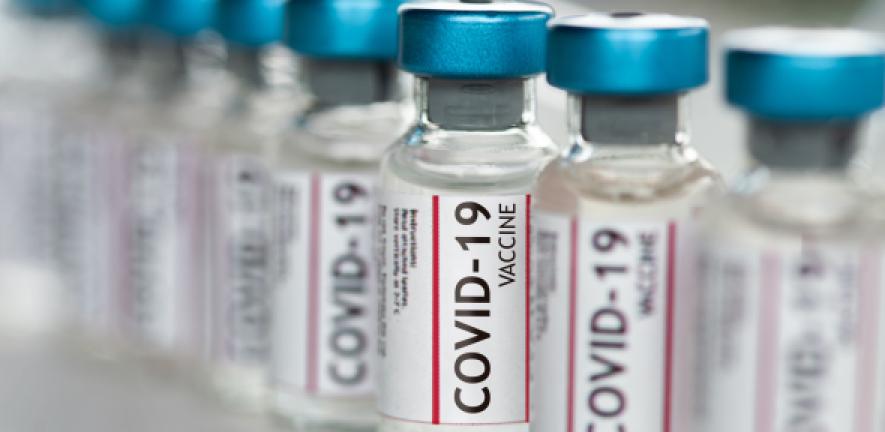
Background
The huge impact of the COVID-19 pandemic across the globe has been met by heroic efforts from the entire scientific community— developing vaccines and delivering them in the most effective manner in order to minimise disease burden and reduce the reliance as much as possible on socially damaging non-pharmaceutical interventions. With quantity and deployment speed of vaccines initially limited, the question of optimal deployment strategy and who to target first, has and continues to be of great importance for policy makers across the globe.
Vaccination has been shown to reduce an individual’s susceptibility, disease severity, length of infectious period, and viral load. These effects correspond to giving direct protection such as by reducing the chance of severe illness, or indirect protection - benefiting the whole population by reducing the spread of infection. It is then not obvious whether to target the vulnerable, such as the elderly and those with health conditions who make up the majority of hospitalisations and deaths, or the younger and healthier population, who may be most responsible for spreading infection.
There is also the problem of disparity between levels of vaccination achieved across the world, which throws up difficult questions regarding vaccine nationalism. From an altruistic perspective there would be significant advantages to minimising health impacts from prioritising the sharing of vaccination beyond pursuing the highest possible levels of internal infection, though even from a purely selfish standpoint reducing the amount of infection worldwide may have considerable benefits for all.
This event is guided by links with the JUNIPER Consortium and is delivered by the RAMP Continuity Network, the follow on to the Royal Society’s Rapid Assistance in Modelling the Pandemic (RAMP) initiative. It brings together modelling expertise from a diverse range of disciplines to support the pandemic modelling community already working on COVID-19.
Aims and Objectives
All the above highlights the need for optimal vaccination strategies, which can accommodate complex factors such as the strength of each vaccine effect, as well as population dynamics. There are huge complexities for instance around who to vaccinate first. Do you target the vulnerable first to provide direct protection, or is it better to target spreaders, in order to provide indirect protection? It is already known that the huge numbers of global infections have corresponded to considerable opportunities for viral mutation. Some variants have exhibited notable transmission and/or immune escape advantages that have enabled them to assert dominance over resident strains, driving the pandemic forwards. This has raised the herd immunity threshold and the continued threat of further mutation equates to a large level of uncertainty in future infection trajectory.
This one-day virtual workshop took into account such complexities and intrinsically linked issues of who to target with the vaccine and how this then fits within a global context. It considered important factors such as the effects of variants which are still emerging and issues around vaccine sharing. Scientists from a number of disciplines as well as the mathematical sciences presented talks highlighting the latest state-of-the-art research which can contribute to modelling optimal vaccination strategies. Important modelling approaches including optimal control theory and game theory amongst others were presented.
Programme and Registration
Registration is now closed.


